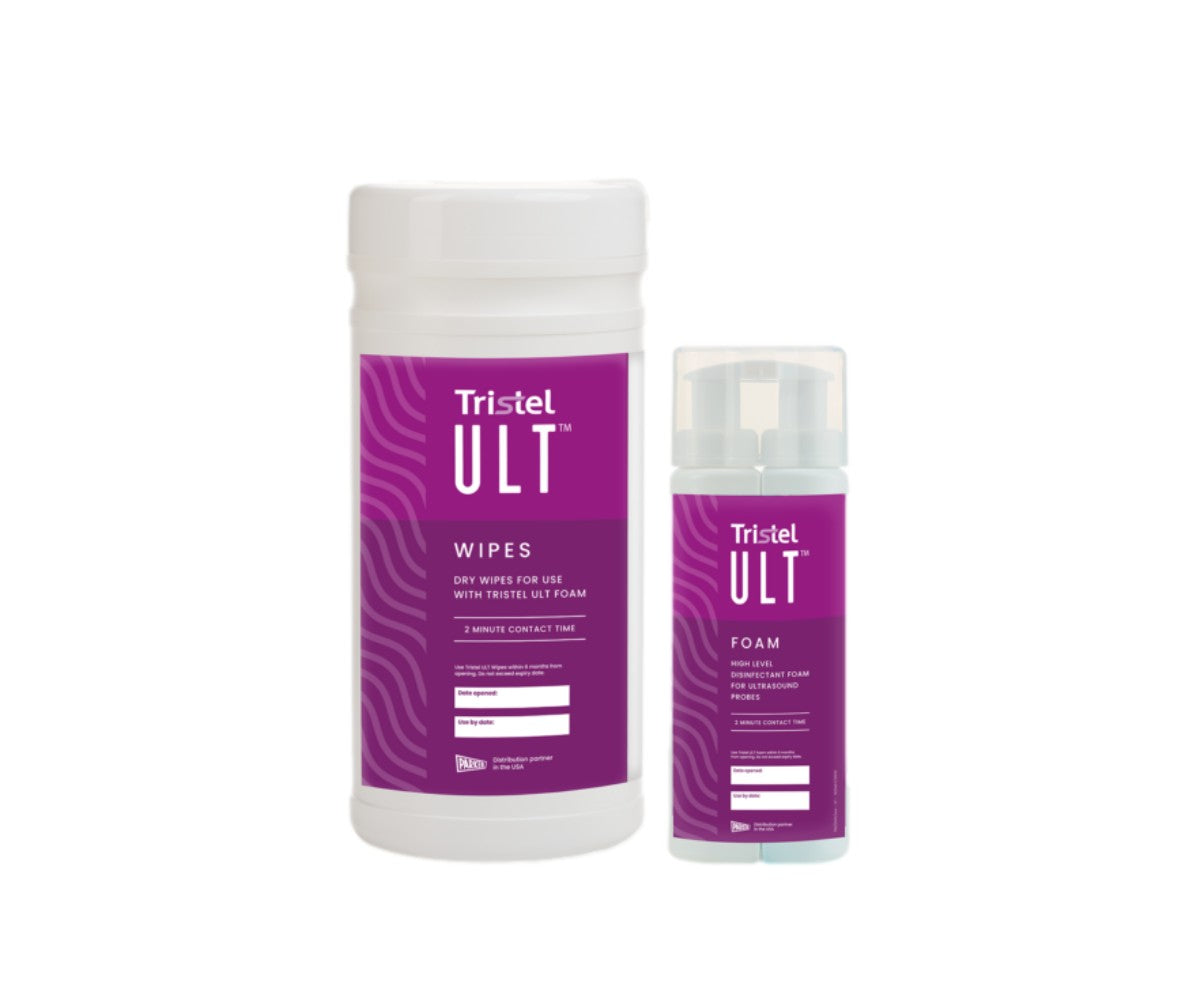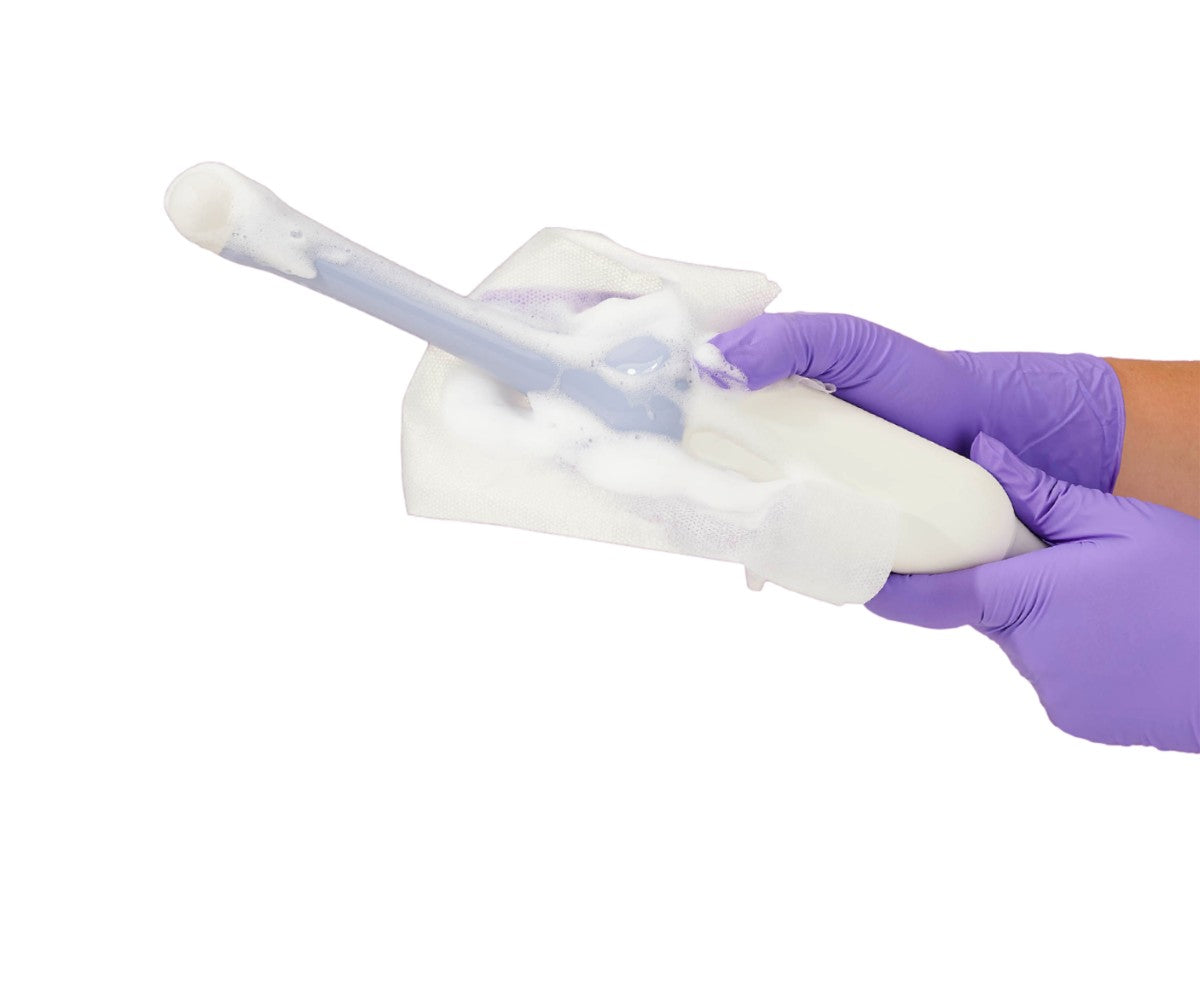- Decreased number of attempts: 1 with a needle guide, 2-8 without
- Better needle or catheter visualization (the tip of the needle in particular) compared to ultrasound alone
- Higher success rates: punctures are five times more successful at the first attempt with a needle guide
Why should ultrasound be used for vascular access procedures?

Ultrasound-guided vascular access is a technique that improves the safety and success rate of invasive cardiovascular procedures. According to the American Institute of Ultrasound in Medicine’s practice parameters released in 2012, ultrasound-guided vascular access offers practitioners significant benefits such as increased procedural success and patient safety in invasive vascular procedures. Vascular access sites include but are not limited to the radial artery, upper extremity veins, jugular vein, fermoral artery, and brachial artery. Invasive cardiovascular practitioners, anesthesiologists, and others can benefit greatly from access to ultrasound equipment and periodic training in ultrasound-guided vascular access.
The first mention of the use of ultrasound for setting up a vascular access traces back to 1987. It then took a decade to see recommendations on the matter in the UK, in the USA, and in France. The benefits of using ultrasound for vascular access quickly became obvious: increased success rate and reduced procedure time. In their standards published in 2011, the American Society of Echocardiography and the Society of Cardiovascular Anesthesiologists wrote, “Many studies have shown a clear advantage of ultrasound guidance over landmark guidance for IJ central venous cannulation.” These studies have displayed how the overall success rate of central venous cannulation can be improved from 96% to 100% with ultrasound use, noted the researchers. As a result of such advances, practitioners have also witnessed an increase in safety and comfort for patients.
Ultrasound guidance decreases the complication rate
One undeniable benefit of ultrasound is its ability to drastically reduce the complication rate in comparison to other techniques. In the past, vascular access was known to carry a significant risk of bleeding and nerve damage. However, with the introduction of ultrasound, clinicians are able to visualize the depth and diameter of vessels as well as find veins that are not visible or palpable. This increase in needle visualization during the procedure signifies that the risk of hitting unwanted structures is reduced. This achievement would not have been possible without ultrasound guidance as practitioners were forced to carry out the procedure “blind” in the past.
It’s been proven that using ultrasound for vascular access delivers better results when dealing with the internal jugular vein, the subclavian vein, and the femoral vein. For example, the use of ultrasound during access of the jugular vein can allow the clinician to avoid accessing the carotid artery and other structures around the area.
Ultrasound guidance can also help during peripheral or radial arterial catheterizations, though they are less risky by nature, by reducing patient pain and discomfort. Meanwhile, certain access routes actually require the use of ultrasound guidance, such as the upper arm veins and the popliteal artery.
Furthermore, patients with obesity, poorly palpable pulses, edema, known vascular disease, and limited access options present a significant challenge when performing vascular access. In cases such as these, ultrasound-guided access is an excellent technique for improving the success rate and minimizing the risk of damaging unwanted vessels or structures. Additionally, ultrasound is considered essential when practitioners are looking to access non-palpable arteries such as the popliteal artery.
Ultrasound and needle guides: a breakthrough for anesthesiologists
Using ultrasound can be made even more effective when paired with a needle guide. The combination of ultrasound with a needle guide, such as the ProV Access, is extremely beneficial for practitioners and can make it easier and more efficient to access the internal jugular vein, the subclavian vein, the axillary vein, the cephalic vein, and the femoral vein. They are an ideal tool for improving success rates and facilitating cannulation.
Practitioners can expect a series of benefits when employing a needle guide:
Tags: Category_blog>ultrasound





